
AllQuestion and Answers: Page 1343
Question Number 79452 Answers: 1 Comments: 1
Question Number 79449 Answers: 1 Comments: 6
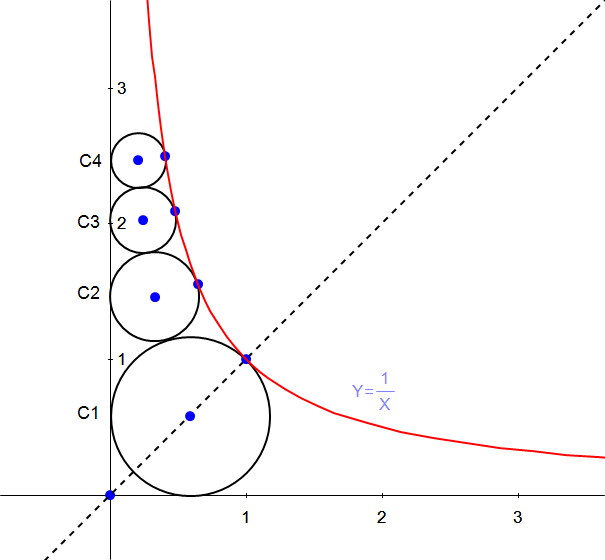
Question Number 79443 Answers: 1 Comments: 1
Question Number 79437 Answers: 0 Comments: 2
Question Number 79435 Answers: 0 Comments: 1
Question Number 79424 Answers: 0 Comments: 0
Question Number 79423 Answers: 1 Comments: 0
Question Number 79419 Answers: 0 Comments: 6
Question Number 79417 Answers: 2 Comments: 3
Question Number 79413 Answers: 0 Comments: 1
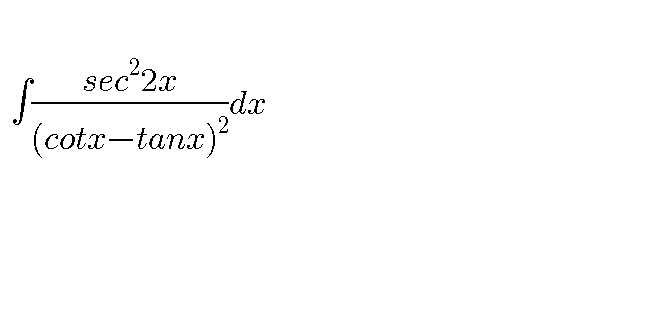
Question Number 79404 Answers: 0 Comments: 4
Question Number 79398 Answers: 0 Comments: 1
$$\frac{{x}^{\mathrm{2}} −\mathrm{1}}{{x}^{\mathrm{2}} +\mathrm{1}}{dx} \\ $$
Question Number 79395 Answers: 0 Comments: 2
Question Number 79394 Answers: 1 Comments: 0

Question Number 79377 Answers: 1 Comments: 3
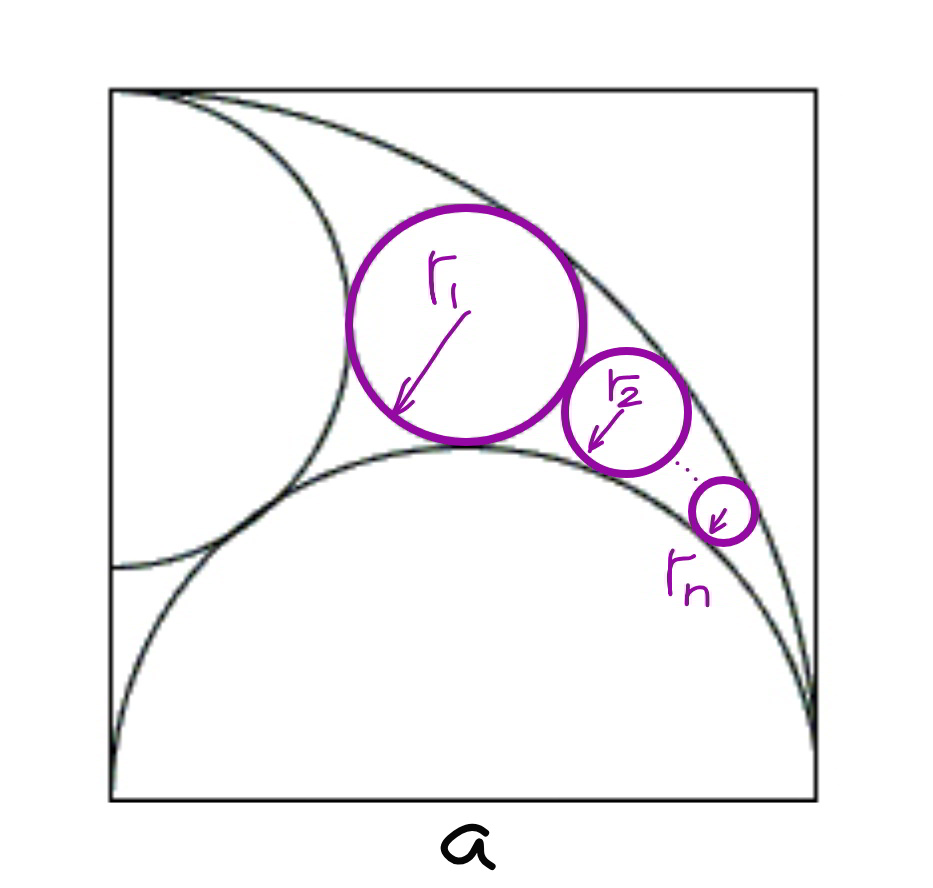
Question Number 79374 Answers: 1 Comments: 0

Question Number 79373 Answers: 0 Comments: 0
Question Number 79368 Answers: 2 Comments: 6

Question Number 79365 Answers: 1 Comments: 1
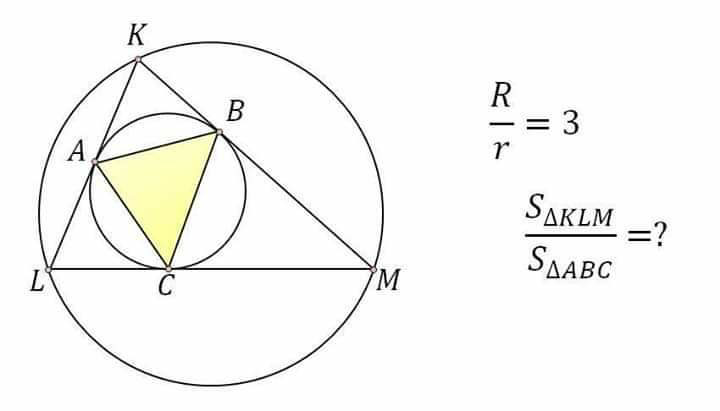
Question Number 79361 Answers: 1 Comments: 1
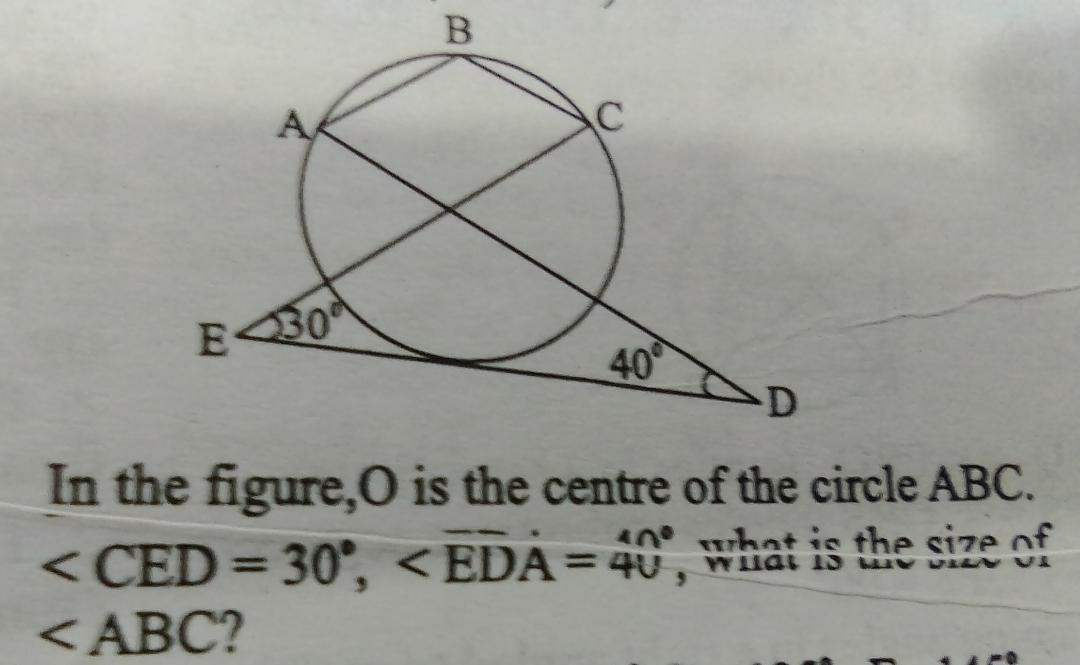
Question Number 79359 Answers: 0 Comments: 1
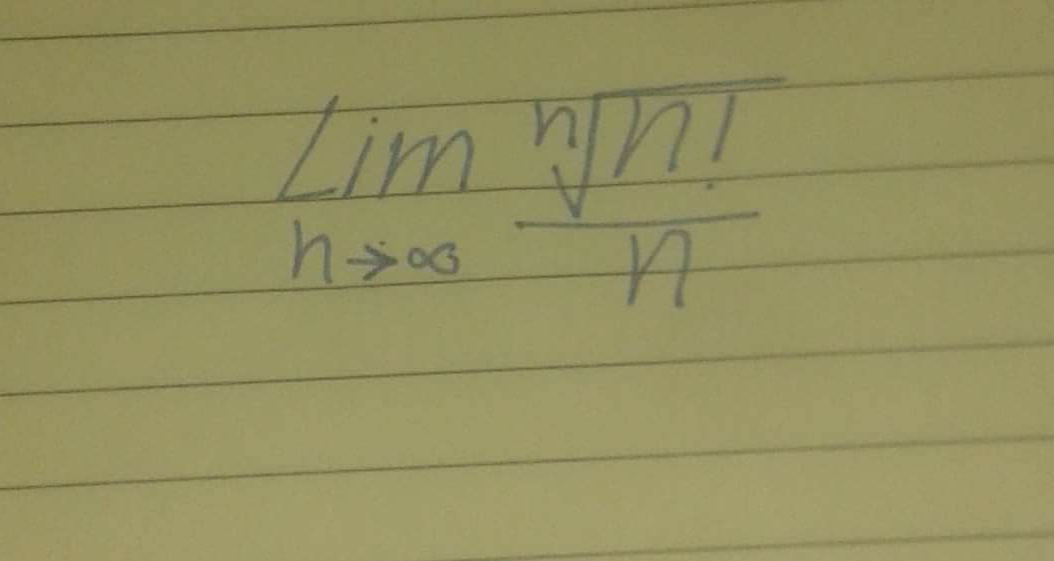
Question Number 79357 Answers: 0 Comments: 1
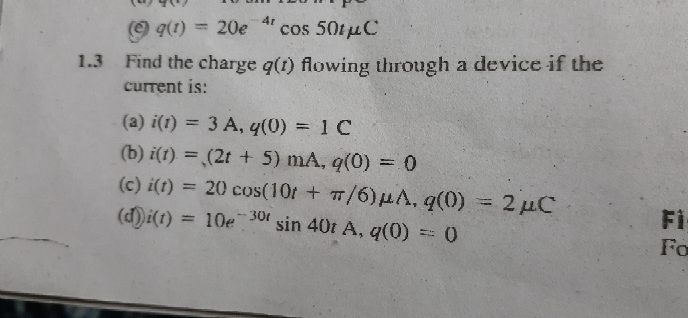
Question Number 79352 Answers: 1 Comments: 2
$$\int\frac{{dx}}{\mathrm{1}−\sqrt{{cos}\left({x}\right)}} \\ $$
Question Number 79351 Answers: 0 Comments: 1
Question Number 79360 Answers: 0 Comments: 0
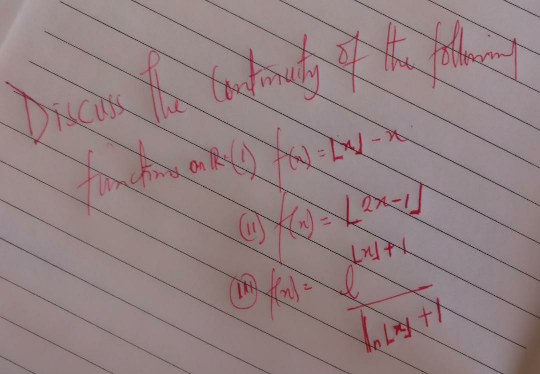
Question Number 79340 Answers: 1 Comments: 3

Pg 1338 Pg 1339 Pg 1340 Pg 1341 Pg 1342 Pg 1343 Pg 1344 Pg 1345 Pg 1346 Pg 1347
